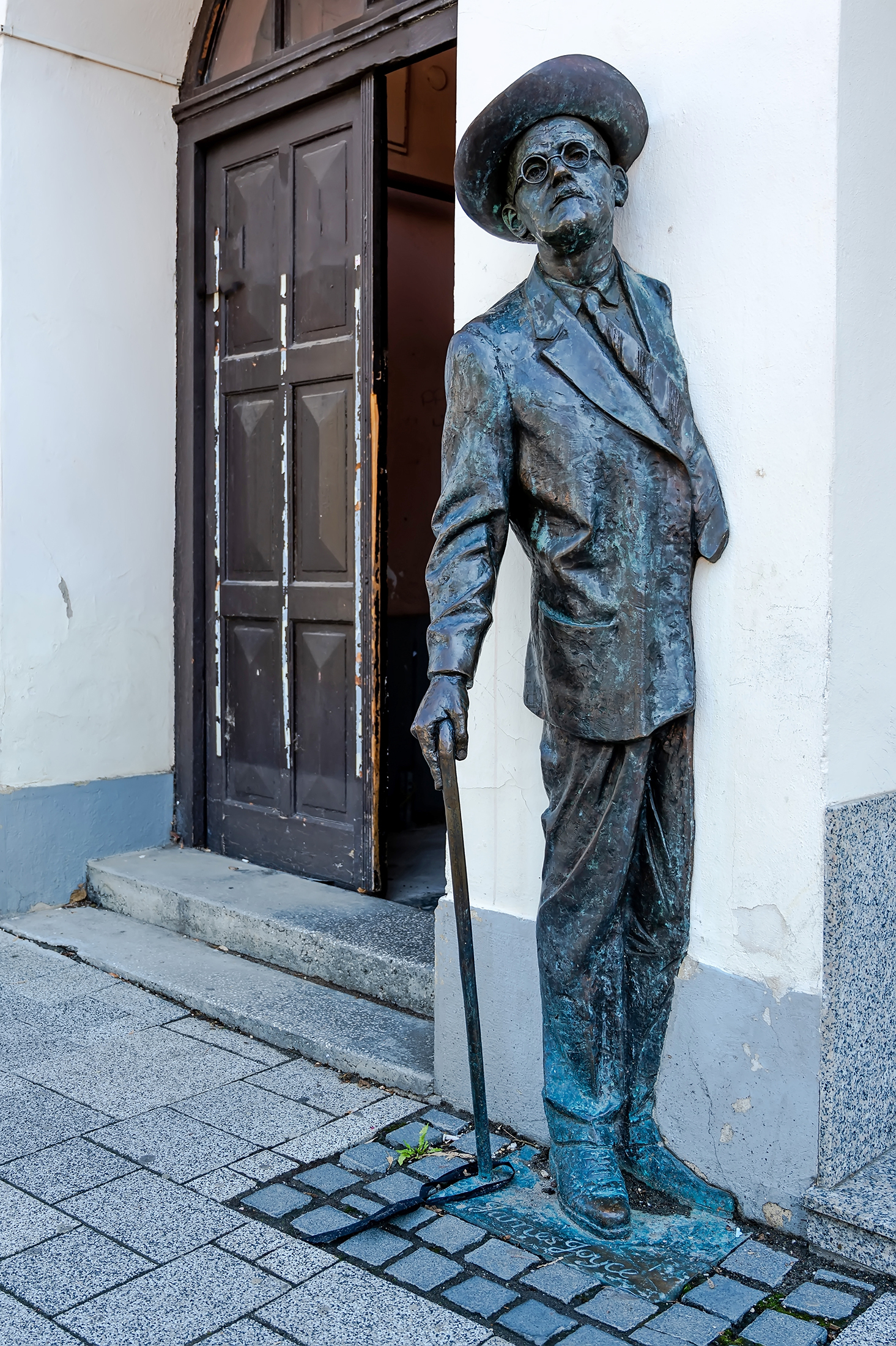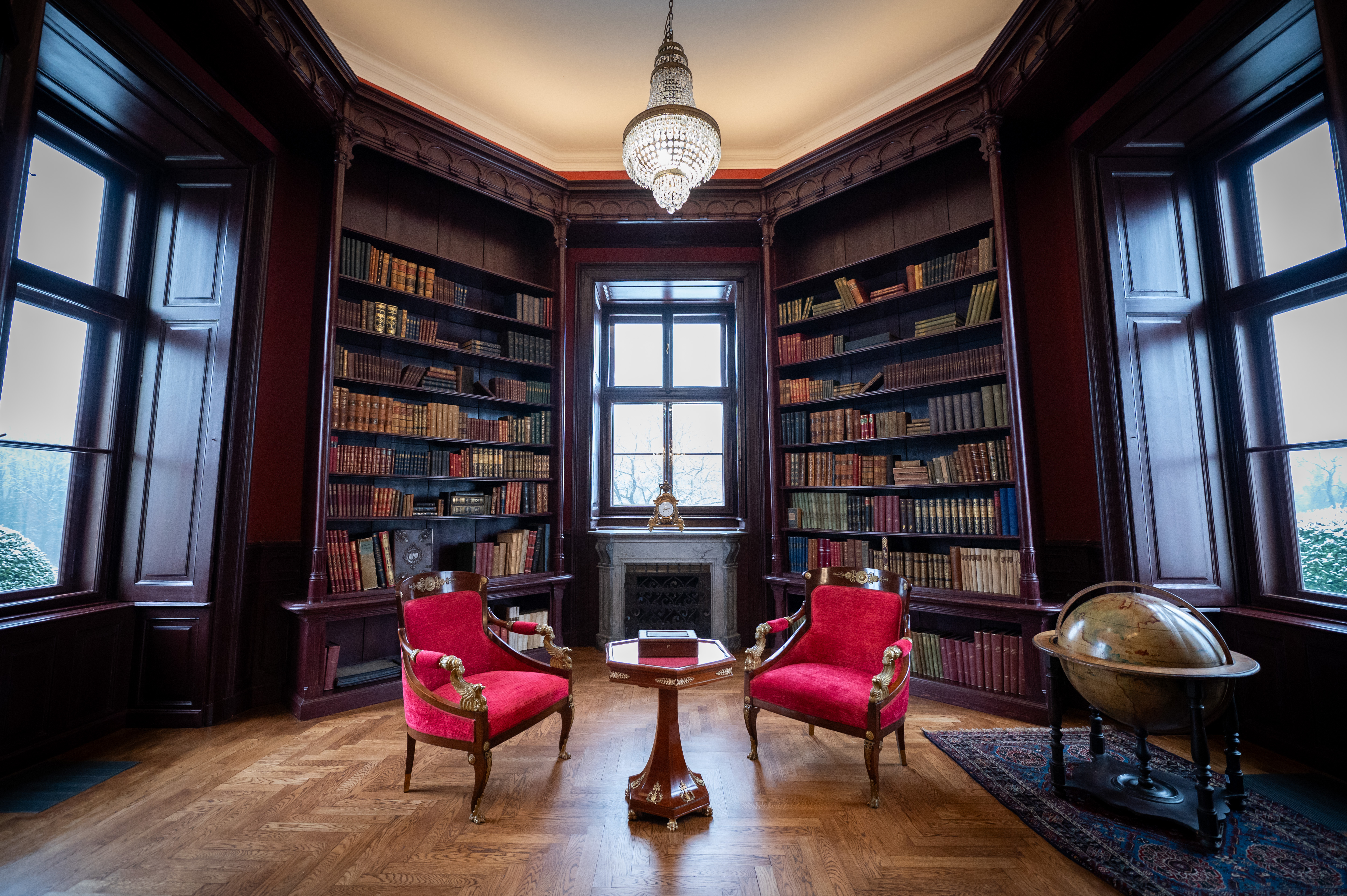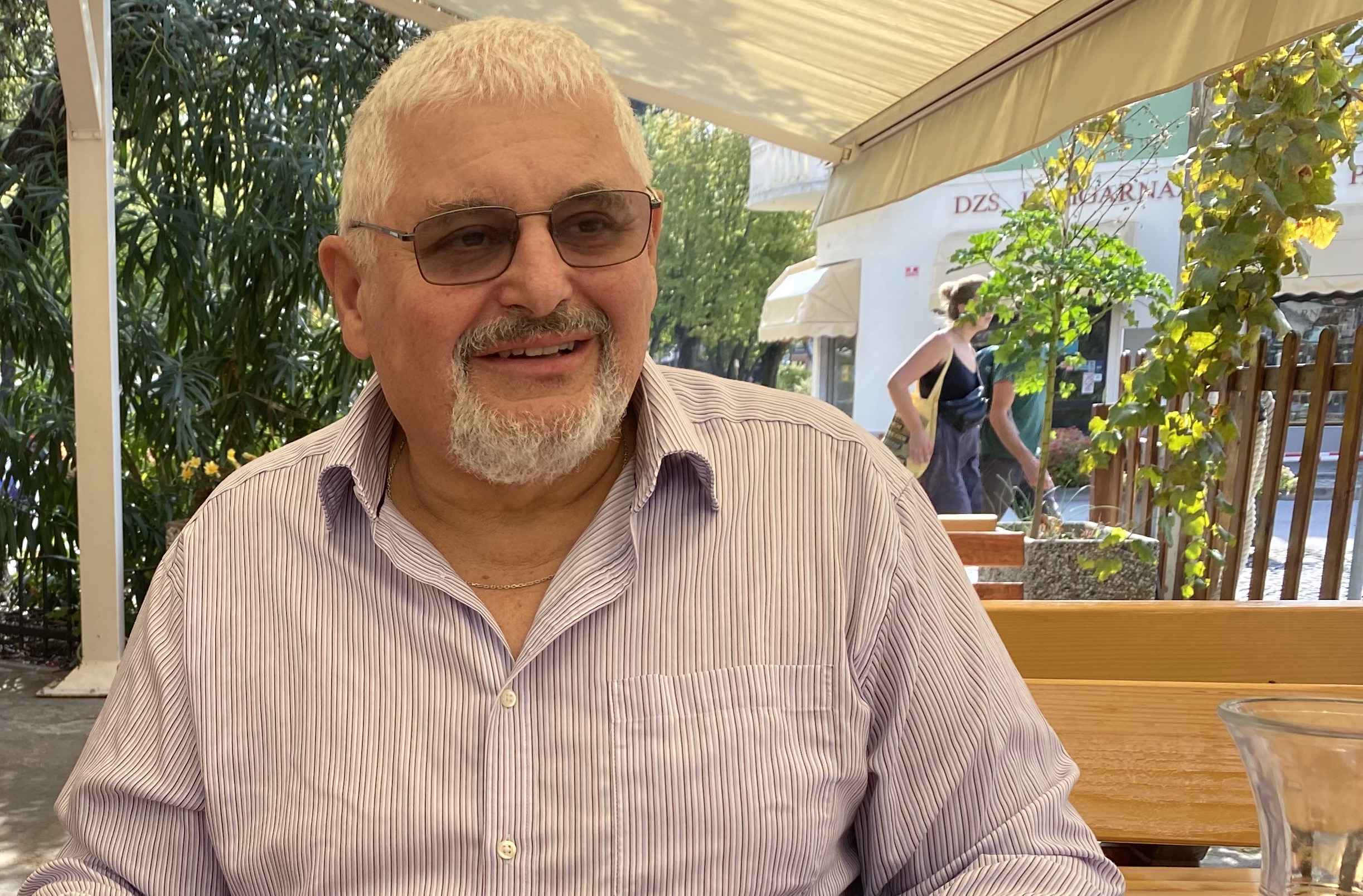Unraveling Ulysses’ Hungarian Connection

Statue of James Joyce in Szombathely, Hungary, August 15, 2021.
Photo by nordantin / Shutterstock.com
When the news was announced on June 16 that Hungary was to be part of Ulysses: A European Odyssey, a project created by the European Commission’s Creative Europe Fund, my immediate question was “Why Hungary?”
The project “unites in a single vision 18 cities across Europe,” Budapest being one of them. Its aim is to “encourage and support cultural cooperation within Europe to bring the European common cultural heritage to the fire.”
At first glance, the fact that James Joyce’s “Ulysses,” first published in its entirety on Feb. 2, 1922, inspired the project seems somewhat odd. The book is notoriously difficult to read, or at least to start reading, and one wonders how many of the EU bureaucrats actually managed that feat before they came up with Ulysses: A European Odyssey.
I don’t say this from a position of superiority. I’ve tried to read Ulysses several times and the furthest I’ve got is page 70 or so. This always causes devotees of the book to raise an eyebrow. Apparently, if you can make it that far you should be hooked and romp through the rest of the book. Not me.
The Creative Europe Fund announced the launch of Ulysses: A European Odyssey on June 16 because this is what’s become known as Bloomsday and 2022 was the 100th anniversary of the publication of “Ulysses.”
Bloomsday celebrates the day on which all the action in “Ulysses” takes place – June 16, 1904. This is the day it’s believed that Joyce had his first date with Nora Barnacle, who would become his wife. Bloomsday is named for Leopold Bloom, the central character in the novel.
Paying Homage
In June 1929, the publisher of “Ulysses,” the legendary Sylvia Beach, organized a lunch in celebration of the book. Ireland celebrated its first Bloomsday in 1954, 50 years after the day Joyce met Barnacle, when Irish writers Patrick Kavanagh and Flann O’Brien paid homage to Joyce at locations mentioned in the book, including the famous Martello Tower at Sandycove (now owned by Irish pop warbler Bono) and Davy Byrne’s pub.
Given that Kavanagh and O’Brien drank heroically throughout, perhaps they wanted an excuse for a bit of what the Irish call the “craic,” or an excuse to go on a bender, as much as anything else.
Today, Bloomsday celebrations are held all over the world, including Hungary. In fact, Hungary takes Bloomsday pretty seriously. During Bloomsday week there was a concert at the Budapest Music Center. FUGA Budapest Center of Architecture held a Joycean art exhibition and a film screening of Joycean-inspired music works. The Annual Bloomsday Festival in the city of Szombathely was rather more of a gala affair.
It is this last event in Szombathely, coincidentally – or perhaps not – the oldest recorded city in Hungary, that holds the clue as to why Budapest is included in Ulysses: A European Odyssey. Although it doesn’t explain why Budapest is included and not Szombathely itself.
As David Collard explains in his recently published work “Multiple Joyce: 100 Short Essays About James Joyce’s Cultural Legacy” (well worth reading even if you have next to no interest in the famed novelist), “Mr. Bloom is the only child of Rudolf Virág, a Hungarian Jew from Szombathely and Ellen Higgins, an Irish Protestant. His father committed suicide by drinking poison. His mother is also dead, but I’m unsure of the details.”
This begs the question of why Joyce made Bloom Hungarian, and specifically a Hungarian Jew. I don’t have the answer to that question, although I’m sure there are competing theories that have riven the world of Joyce scholarship, but I can speculate with the best of them.
Why is Bloom a Hungarian Jew?
Joyce was living in Trieste, then part of the Austro-Hungarian Empire, when Archduke Ferdinand was assassinated by Bosnian Serb nationalist Gavrilo Princip in Sarajevo. The assassination led to Austria declaring war on Serbia on July 28, 1914, and to the chaos and carnage of World War I that dramatically redrew Hungary’s borders to its detriment. Joyce left Trieste for the safety of Switzerland a year later.
An Irishman with a British passport living in Europe, Joyce knew what it was like to be stateless. As did the Hungarian Jews who escaped this country to improve their lot. He could have used his situation as a stranger in a series of strange lands to give Bloom a quality of otherness.
Joyce was interested in Hungarian culture from early on. He wrote an essay on the painting “Ecce Homo,” part of a massive triptych with a biblical theme by Hungarian artist Mihály Munkácsy, after he viewed it at a gallery in Dublin.
Bloom having a father from a country with a language that is impenetrable unless one takes the time to truly study it, a country that he had been forced to leave, clearly resonated with Joyce.
As Joyce scholar Heyward Erlich puts it in his review of “Joycean Unions, Post-Millennial Essays from East to West,” “In Eastern Europe, the frequent shifting of national boundaries, the forced and voluntary migrations, and, in the case of Hungary, the unusual status of the language (Hungarian is Uralic, not Indo-European) all served to energize complex, political, ethnic, and linguistic forces.”
I’m not exactly sure how this connects to “Ulysses.” Perhaps it gave Bloom a dimension of otherness that enabled Joyce to write about Dublin, the city of his birth, with a degree of distance.
Whatever the reason, the novel is taken seriously in Hungary. I was surprised to discover that my partner, who studied Hungarian language and literature, was obliged to study the book at university and pass an examination on it in the mid-1980s.
I would imagine that translating “Ulysses” into Hungarian is a feat equivalent to climbing the south face of Anapurna wearing boxing gloves. I’ll stick to watching my partner, who loves Guinness, raising a glass next time Bloomsday rolls around.
This article was first published in the Budapest Business Journal print issue of July 1, 2022.
SUPPORT THE BUDAPEST BUSINESS JOURNAL
Producing journalism that is worthy of the name is a costly business. For 27 years, the publishers, editors and reporters of the Budapest Business Journal have striven to bring you business news that works, information that you can trust, that is factual, accurate and presented without fear or favor.
Newspaper organizations across the globe have struggled to find a business model that allows them to continue to excel, without compromising their ability to perform. Most recently, some have experimented with the idea of involving their most important stakeholders, their readers.
We would like to offer that same opportunity to our readers. We would like to invite you to help us deliver the quality business journalism you require. Hit our Support the BBJ button and you can choose the how much and how often you send us your contributions.











